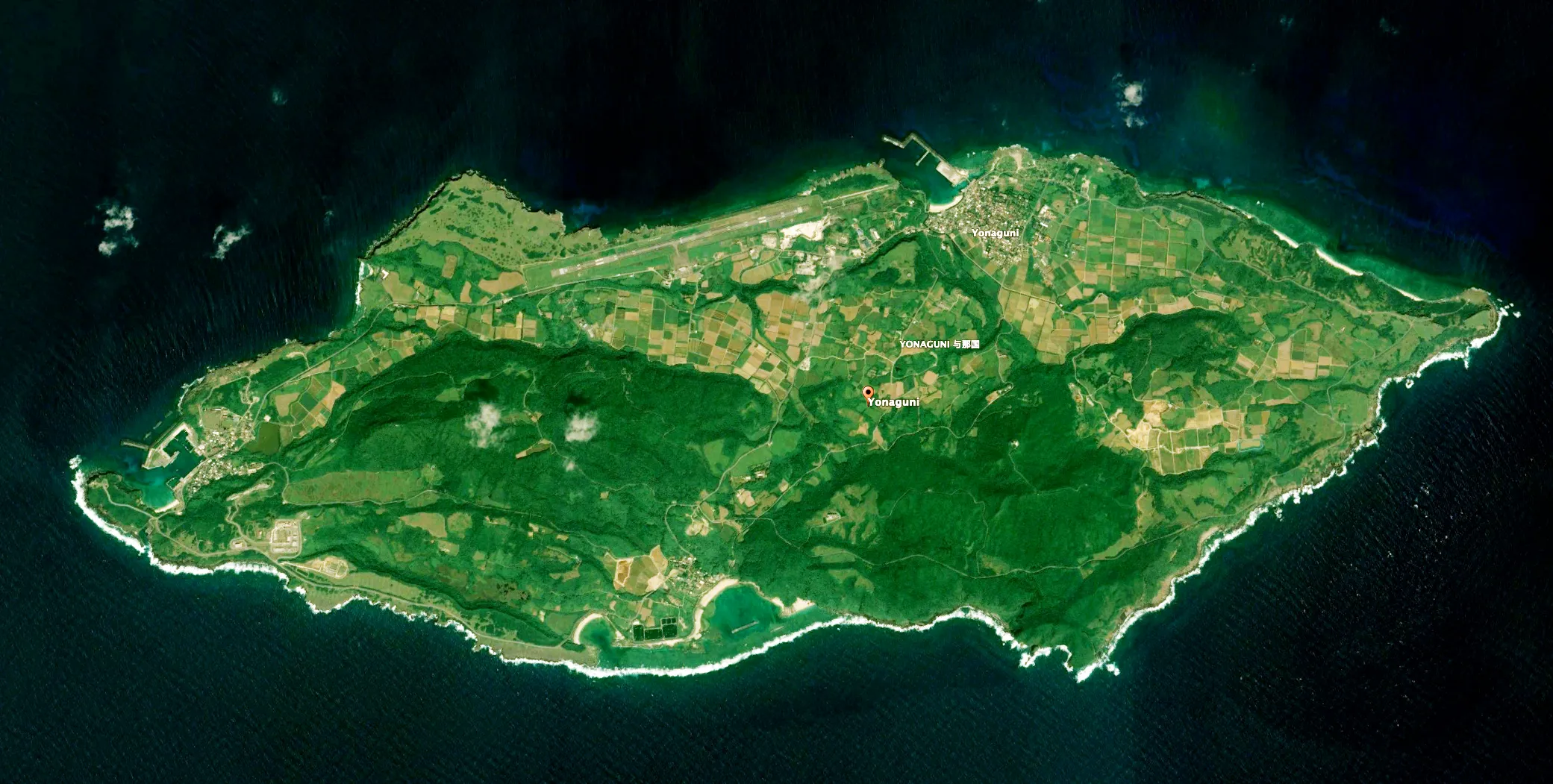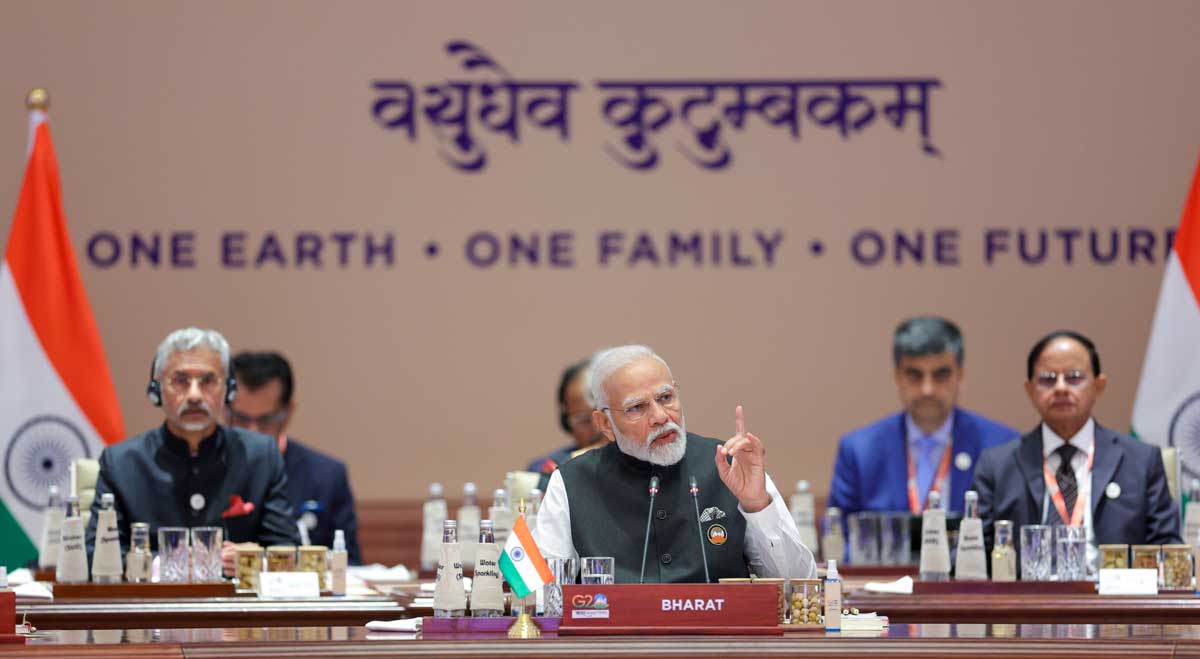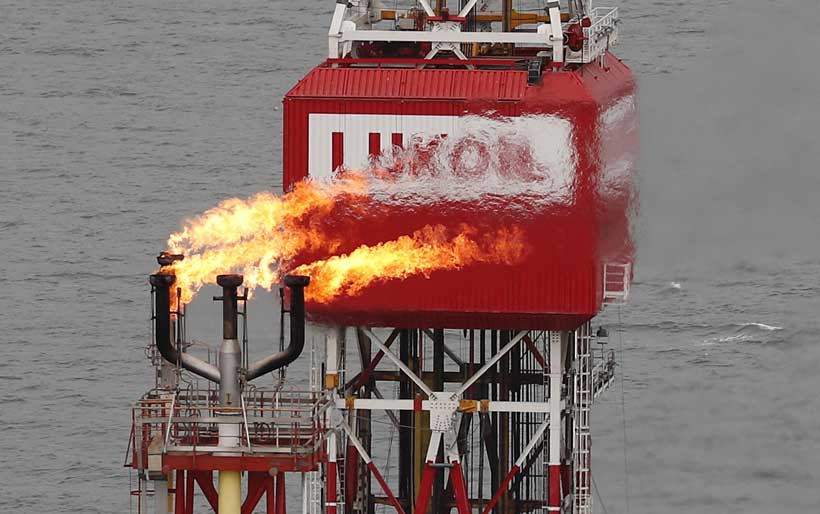Mexico’s Strategic Dilemma: The National Grid as the Silent Handbrake on AI and Semiconductors
Introduction: The Ambition at the Crossroads
Mexico currently faces an unparalleled economic juncture. Global geopolitical dynamics, driven by nearshoring and the imperative to diversify supply chains, have positioned the country for a development opportunity that far exceeds simple assembly manufacturing. The potential to build high-value ecosystems in artificial intelligence (AI) and semiconductor fabrication—the foundational pillars of the modern global economy—could fundamentally redefine Mexico’s standing in international trade.
But, this critical ambition is currently being stalled by a single, deeply rooted structural factor in the national infrastructure: the capacity, quality, and, above all, the reliability of the National Transmission Grid (RNT) operated by the Federal Electricity Commission (CFE). The power grid, therefore, is not merely an operational prerequisite; it has transformed into the primary strategic constraint jeopardizing Mexico’s technological sovereignty and its potential qualitative economic leap.
I. The Tensions of Demand: World-Class Requirements
The AI and semiconductor fabrication (FAB) industries impose energy demands that Mexico’s legacy infrastructure is struggling to meet. These sectors not only consume power on a massive scale but also require it with a precision and resilience that approaches technical perfection.
A. The Exponentials of AI and Data Centers
The core engine of AI is the data center. These facilities, especially those dedicated to training massive models using Graphics Processing Units (GPUs), require a constant power flow comparable to that of entire cities. Large hyperscale data centers can demand between 100 MW and 300 MW of installed capacity, and the aggregate demand from this sector in Mexico is projected to multiply tenfold in the near future.
This demand possesses one non-negotiable quality: 24/7 availability. AI operations cannot tolerate interruptions. A micro-power cut is more than just an economic loss; it represents the possibility of compromising the integrity of critical data or nullifying the progress of computation processes that have required weeks of execution—an unviable vulnerability for the industry.
B. The Precision Mandate of Semiconductors
Semiconductor manufacturing plants are arguably the industrial environments most sensitive to power quality. In the fabrication of microchips, where tolerances are measured in nanometers, a micro-unit of voltage fluctuation or an interruption lasting mere milliseconds can prove catastrophic. Such an event can instantaneously ruin entire batches of silicon wafers valued in the millions of dollars.
Therefore, the key to attracting advanced semiconductor fabrication facilities (FABs, typically requiring between 50 MW and 150 MW each) does not lie solely in guaranteeing the volume of energy but in certifying a power quality that the CFE, given constraints in transmission and distribution, struggles to consistently assure within the most desirable industrial hubs. The promise of availability must, by necessity, be a world-class guarantee.
II. The CFE Infrastructure: From Support to Barrier
The National Electric System (SEN) operates under a structural pressure that positions it as the decisive bottleneck. This barrier manifests across three critical dimensions that undermine the confidence of high-technology investors.
A. Saturation of Transmission and Distribution
Mexico’s fundamental problem is not a lack of total generation capacity but the systemic inability to move that power efficiently, a responsibility that falls squarely on the RNT. This infrastructure, much of which is aging or designed for industrial patterns of a past century, has simply failed to evolve at the pace required by nearshoring.
The consequence is severe congestion in substations and distribution lines, particularly in the vital industrial corridors of the north and center (such as Nuevo León, Coahuila, and the Bajío region). This congestion translates into something tangible and costly: industrial park developers face wait times exceeding a year just to obtain connection feasibility. This delay has led to a troubling phenomenon: the proliferation of “Dark Buildings”—industrial warehouses completely finished and ready for operation but lacking physical access to electrical power.
B. Reliability, Risk, and the Unacceptable Interruption
Recent waves of blackouts and recurrent service interruptions demonstrate that the SEN is consistently operating at its operational limit. Obsolescence in the generation fleet and deficiencies in transmission elevate the risk of system failures.
For any corporation managing mission-critical computing processes or high-value production lines like FABs, this level of risk is unacceptable. A multi-billion-dollar investment cannot depend on a grid that offers systemic uncertainty. Compounding this is regulatory volatility, where the perceived prioritization of fossil fuel generation over renewable energy dissuades global investors who seek clarity, stable long-term pricing, and a predictable framework for operation.
C. The Sustainability Imperative (ESG Factor)
Leaders in the technology industry (from Google and Amazon to major chip manufacturers) have adopted rigorous corporate commitments regarding sustainability and governance (ESG), including net-zero carbon goals or the use of 100% clean energy.
To establish AI or semiconductor operations in Mexico, these investors require contractual guarantees that a substantial portion of their consumption will be sourced from renewables. The difficulty imposed on the interconnection of private wind or solar energy projects to the RNT, coupled with the CFE’s reliance on generation based on natural gas and fuel oil, creates a sustainability impediment that automatically excludes Mexico from the list of viable destinations for many of these investments.
III. The Strategic Cost: Sovereignty and Dependency
If the electric infrastructure issue is not addressed with a decisive, long-term state vision, the cost to Mexico will be dual and profound:
Firstly, it will result in the loss of the value-added nearshoring opportunity. High-demand and high-precision firms will simply divert their investments to markets that offer solid power grids and transparent regulatory frameworks, such as the United States (driven by the CHIPS Act) or established Asian ecosystems.
Secondly, it will perpetuate technological dependence. Without the necessary energy infrastructure to host, power, and train large-scale AI models, and without the capacity to manufacture advanced components, Mexico will be relegated to being merely a consumer and assembler of technologies designed and produced elsewhere. This outcome has a direct, negative impact on national technological sovereignty and the capacity of Mexican research centers to compete at the global frontier of knowledge.
Conclusion: From Bottleneck to Catalyst
The CFE grid represents the single most fundamental challenge to Mexico’s digital ascension. While recent investments in transmission grid modernization signal a positive step, the sheer scale of the challenge necessitates a true paradigm shift that transcends institutional inertia.
To transform this bottleneck into a powerful catalyst, Mexico must execute a strategic course of action centered on efficiency and openness:
Agile Regulatory Reform: It is imperative to simplify procedures and drastically reduce the timelines for connection and feasibility studies for high-demand industrial projects.
Focalized Transmission Investment: The reinforcement of the RNT must be specifically prioritized in the industrial corridors that are the heart of nearshoring and the potential base for technological ecosystems.
Facilitating Clean Energy Integration: Creating mechanisms that not only permit but actively promote the interconnection of private renewable energy projects to meet the ESG demand and the volume required by technological leaders.
Deployment of Smart Grids: The massive adoption of AI-based technologies for distribution optimization, loss reduction, and ensuring resilient voltage quality is essential for the mission-critical needs of the AI and semiconductor industries.
Mexico’s technological future hinges upon the resolution of the CFE dilemma. It is the key that, when turned, will either open or definitively close the door to high-technology development.











